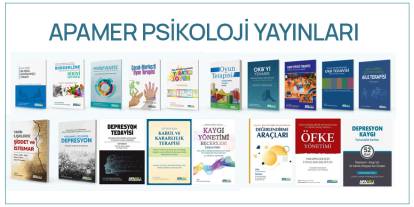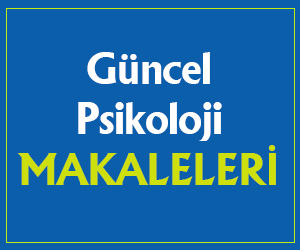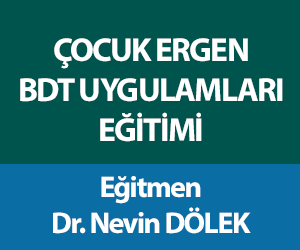Antidepressant-Induced Mania Similar to Bipolar Disorder

The findings suggest that people who were previously diagnosed with clinical depression and who have these manic switches might be better classified and treated as actual bipolar patients.
Antidepressant medication can induce a “manic switch” in patients with depression, but manic-switch episodes are currently not considered bipolar disorder in the Diagnostic and Statistical Manual of Mental Disorders-IV, the reference book used to classify and diagnose mental disorders.
Bipolar disorder is broken down into two major types — type I and type II. Type I is characterized by the presence of full-blown manic episodes, while Type 2 is characterized by less extreme manic episodes called hypomania. People with either type of bipolar disorder also experience at least one episode of clinical depression.
In this study, the researchers compared the clinical characteristics of four groups of people. One group consisted of 58 patients with bipolar disorder I, while a second group of 18 patients had bipolar disorder, type II. Both bipolar groups also experienced only their first episode of depression. A third group of 61 patients had a history of treatment-induced mania (“manic-switch”). The fourth group of 80 patients had only unipolar depression with no history of bipolar disorder or manic switch.
Patients with treatment-induced mania had similar numbers of past depressive episodes compared with the bipolar I and II patients (3.6 vs 3.6 and 37.2, respectively), but significantly longer durations of illness (17 weeks vs 11.4 and 10.2 weeks, respectively).
In addition, patients with treatment-induced mania had the highest frequency of depressive illness, a greater presence of melancholic features, and were more likely to have atypical features of illness, including seasonality, than those with either bipolar disorder.
That said, the most severe depressive episodes occurred equally in “switch” and bipolar disorder patients.
A further analysis using characteristics of the illness revealed that manic-switch patients clustered together with bipolar patients, with unipolar depression patients in a separate group.
Importantly, prior to the treatment-induced mania, manic-switch patients showed depression symptoms that were most similar to that of bipolar patients.
The study “supports the proposal that antidepressant-induced switching may represent an acceleration of the natural course of bipolar disorder,” said Zeliha Tunca, M.D., of the Dokuz Eylul University School of Medicine, Turkey and colleagues.
The researchers conclude: “The findings of this study confirm that treatment-induced mania is a clinical phenomenon that belongs within the bipolar spectrum rather than a coincidental treatment complication, and that it should be placed under ‘bipolar disorders’ in future classification systems.”
The new research appears in the Journal of Affective Disorders.
Source: Journal of Affective Disorders









Türkçe karakter kullanılmayan ve büyük harflerle yazılmış yorumlar onaylanmamaktadır.